Professional quality tun woods Surbahar SOB SB 1 (shipping cost extra)
$ 312.05
- INR: ₹ 26,000.00
surbaha specification
Surbahar appeared on the Indian musical scene in the early years of the nineteenth century around 1830. Although its basic structure resembled that of the sitar, it was much bigger in size and also possessed a number of features different from those of the sitar. It is said that the musicians of Seniya lineage were not supposed to teach the been or rabab to any outsider. Thus, the students, who were talented but did not belong to this bloodline, could not learn this style. According to some scholars, beenkar Umrao Khan of Lucknow, who belonged to Tansen’s tradition through his daughter’s lineage, had a large sitar made and named it surbahar, to teach the alap and jodalap of dhrupad anga to his favourite students. Ghulam Muhammed was one of them.
The surbahar had a relatively small span of life. It remained popular from the middle of nineteenth century until the beginning of the twentieth century. Surbahar players were quite knowledgeable and traditionally sound in the rendition of alap and jodalap anga. Till this time, been, being limited to the Seniya blood lineage, gradually started fading. Because of the huge body and thick strings, the surbahar had a very deep and bass sound and proved suitable for been’s alap anga. Almost all the technicalities and alapchari anga which were possible on the been, could be incorporated in the surbahar. For a short while it also became common practice for musicians to play elaborate alap of dhrupad anga on surbahar and then present the gat-toda upon sitar. Till the middle of the twentieth century, this practice was in vogue and the musicians learning the sitar were also conversant with surbahar playing. Around the late 1940s, the modern sitar acquired its present shape, which is bigger than its earlier version. With its new arrangement of bass strings it was possible to play the elaborate alapchari of dhrupad styles upon it. Qualities like a sweet and attractive tone, the facility to play at a fast speed and the capacity for executing almost all the styles, be it dhrupad, khayal, thumri or even light folk tunes, gave the sitar an edge over the surbahar. Slowly the popularity of surbahar decreased and the sitar acquired a dominant place amongst the fretted instruments.
In general appearance, the surbahar looks like a large sitar, which has a flat resonator like kachhua sitar. The wood used is preferably tun. However, teak or deodar is also occasionally used. The fingerboard and the resonator are separate parts joined together carefully, and this joint is called gulu. The resonator of surbahar is of gourd and structured in a flat manner like kachhua sitar, covered with a comparatively thin plate of wood tabli. The fingerboard is quite wide on which seventeen to nineteen metal frets are fastened with silk thread. The upper portion of the dand, culminating into a. peg box, accommodates five or six large pegs for the main playing strings on either side. The peg box is usually fashioned to look like the head of a snake or a bird. An extra resonator of gourd of small size is fixed just below the meru (upper bridge). The two bridges, one for the main strings and the other for sympathetic strings, are fixed upon the soundboard.
Surbahar in our catalogue
The surbahar has seven main strings including two chikaris (drone) and eleven to twelve sympathetic strings, fixed upon the fingerboard just below the main strings. The tuning of the instrument is done exactly the same way as it is in the sitar. Taking into consideration the big size of the instrument, a wooden stand is fixed just below the lower portion of the main resonator in such a manner that when the instrument is put into a playing position most of its weight is borne by this stand and the player gets a respite.
Though the surbahar made in the later period is similar to sitar, the one made in the earlier period bore a few distinctive features other than those of the sitar:
(1) Sharp-edged, flatter, straight frets resembling the shape of been frets, instead of the round elliptical- shaped frets of the sitar.
(2) The soundboard (tabli) bears a small cut just after the main bridge and all the sympathetic strings are tied inside this hole under the tabli.
Kanhailal and Hiren Roy of Calcutta were famous for making excellent surbahars. Nowadays, as the instrument is not in much demand, it is not available off the shelf in shops and can only be obtained by placing an order with the instrument makers of Calcutta, Delhi and other places.
As mentioned earlier, the playing technique of the surbahar is quite different from that of the sitar, which is more influenced and inspired by been music, as it is more suitable for the alapchari of been anga than the fast rhythmic pieces played on the sitar. Its sound is deep and mellow. Because of the wide fingerboard, the string has an exceptional capacity to be stretched, and the notes of even one octave higher can be played from each fret on the main playing string itself. The resonance and sustenance of sound is also greater than that of the sitar. Like when playing the been, here too, the player wears two plectrums (mizrab) in the right hand’s forefinger and middle finger, and only inward stroking is done in the same manner. The accompanying percussion instrument is mostly the pakhavaj, though sometimes the tabia can also be used. The instrument is tuned into fourth black i.e. G sharp. The strings used are thicker than those used in the sitar.
Net weight 13 kg. packing weight 19 kg. volume weight approx 35 kg. Shipping & packing cost in India approx Rs.6000/- Out side India shipping charges on DHL or Fed Ex USD 273
Australia, New Zealand, Fiji : Fumigation, Tannry, Animal quarantine charges USD 123.00
Available on backorder

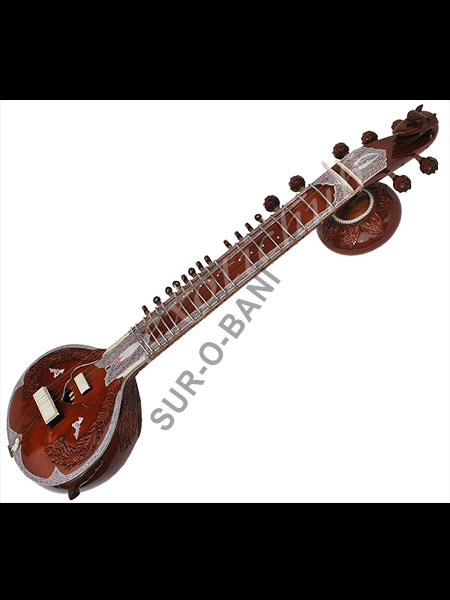
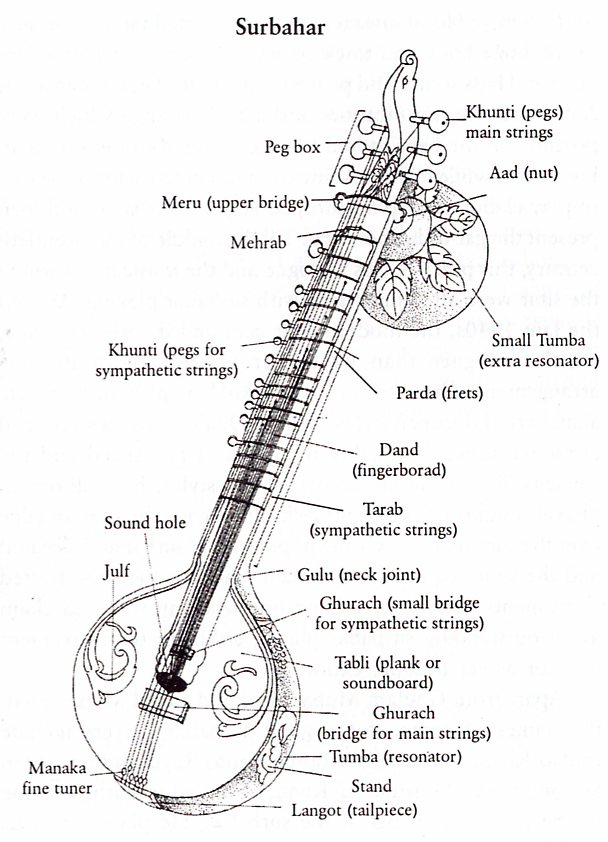
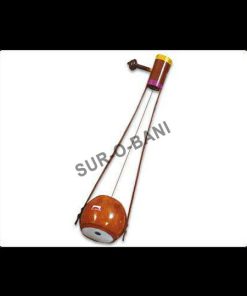
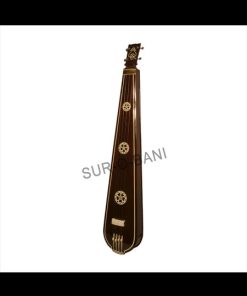
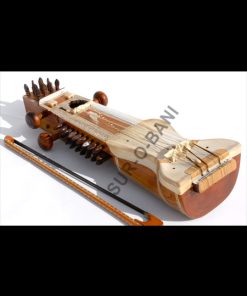
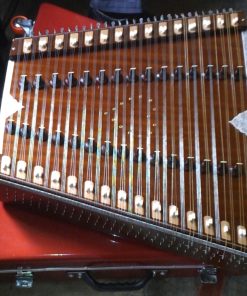
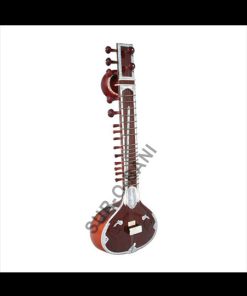
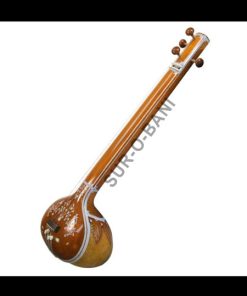

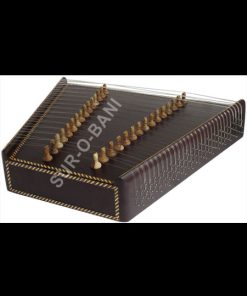
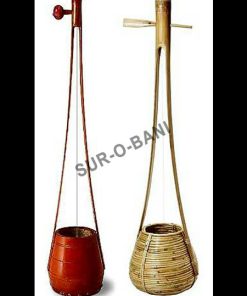
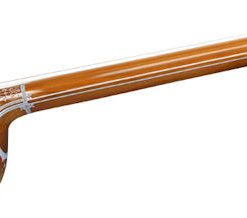
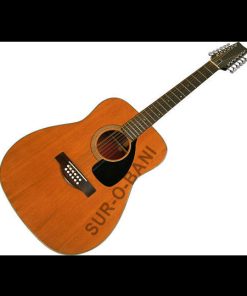
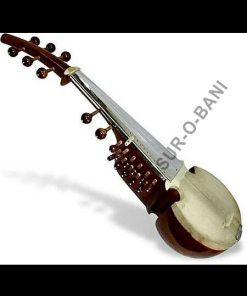
Reviews
There are no reviews yet.